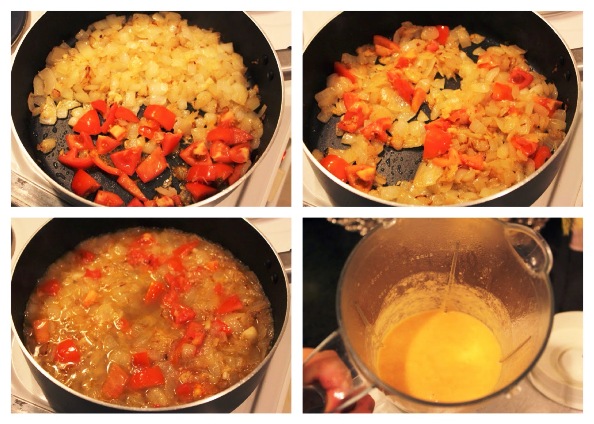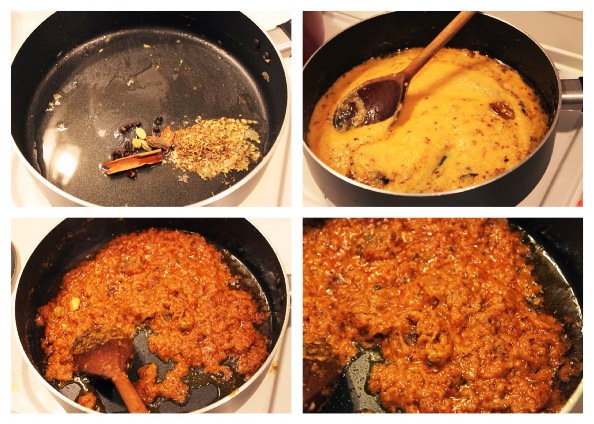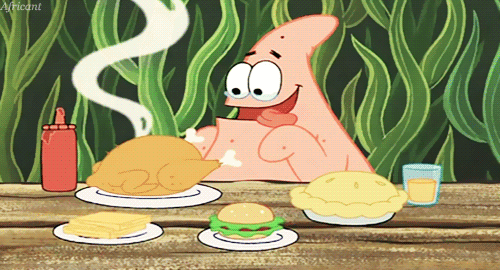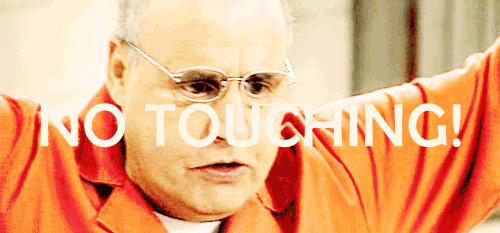What Indian cinema fans feel about Salman Khan is somewhat similar to what Pakistanis feel about Shahid Afridi. We will never compare him with any other player of the world. We know he doesn’t have any clue about what he is doing most of the time and we still cheer for him. He fails more than he succeeds but we love him and want him to do well.
I belong to a generation that was inspired by Salman Khan, or bhai as his fans would call him. Teenagers started going to gym, their fashion sense changed and their hairstyles varied with his new looks. I also wear a small chain in my left hand although it’s much thinner and does not have a turquoise stone in it. Granted that after two decades in the industry, bhai still does not know how to do an emotional scene but to his fans, that is a mere irrelevant complication in an otherwise simple business… It’s a bhai film, it has to be watched and it has to be a hit. That’s it. As Salman himself says in Kick,
“Dil mein aata hoon, samajh mein nahin.”
That we should embrace him with our hearts and not our brains.
A Salman Khan movie cannot be compared to anyone else’s movies. You can only benchmark a bhai film with other bhai films. Other stars, even as big as Aamir Khan or Shahrukh Khan (SRK) or Hrithik Roshan, need a strong story, high production values, intense acting and technical soundness. A Salman Khan film needs only one thing… Salman Khan. The more the ‘bhai-ness’ of a film, the bigger success it is.

Kick can only be compared with the likes of Dabangg, Ek Tha Tiger, Ready and Bodyguard. So the question is, on a scale of zero to Dabangg, how good is Kick?
And the answer is if Ek Tha tiger was 65% Dabangg and Ready was 35% Dabangg, then Kick is approximately 75% Dabangg. Dabangg beats Kick in the female lead. Sonakshi Sinha’s underplayed ‘Rajjo’ was a stronger performance than quasi-intellectual Jacqueline Fernandez playing ‘Shaina’.
Dabangg has an irresistible item number in Munni Badnaam with Malaika Arora which Nargis Fakhri’s Devil can’t compete with. Dabangg slightly edges ahead of Kick in the dialogue department as well ‘hum tum mein itnay chhed karein ge’ (we will make so many holes in you that…) but Kick is not far behind with ‘Eid aarahi hai… wo apni Eidi lenay zaroor aaye ga’ (Eid is about to arrive… he will surely come to collect his Eidi).
Kick has better action sequences. Of course there is one in which bhai’s bike crashes an office window, enters a helicopter flying outside, bhai picks up a bag from the helicopter and comes out from the other side. All laws of physics and science are defied… it’s a bhai film. The train scene alone is worth a few million dollars upsurge in the box office collections.
Kick is a grand film. Shot on a large scale, high production values, expensive but not necessarily impressive stunts and so on. Sajid Nadiadwala might be a debut director but he knows films and films business more than any seasoned director in Bollywood. Yes, there are problems with the film albeit the script or the lack of it thereof. But when did it even matter for a Salman Khan film?
To be honest, the script too has its moments. It becomes too intelligent for a bhai film at times which comes as a pleasant surprise like the “loser” sequence or “projection technique” but the very next moment it reminds you that it’s a Salman Khan film and you should not expect intelligence out of it. Like Polish healthcare system allowing a doctor to take her patient to her home for treatment. The film also gives us the worst parenting tips ever, be it Salman’s parents, Shaina’s parents or a little sick girl’s parents. Nonetheless, it is still a few degrees more intelligent than Ek Tha Tiger.
The same goes for treatment of the screenplay. Some parts of the film are very well handle like the comic scenes in which Salman meets Jacqueline’s father for the first time or a bearable sequence in the police station at the beginning. Or the drunk scene between Randeep Hooda and Salman which was reminiscent of old age Man Mohan Desai films. Or the “saat samunder paar” dance sequence towards the end in which Salman is in his full element. Or the lipstick bullet and plastic gun. Or Salman’s smiling head shakes asking Randeep Hooda if he will give him way during a car chase scene. It also has a nice two-minute animated sequence introducing the hero.

Randeep Hooda. Photo: Kick Official Facebook Page
But then there are filler scenes of Salman’s parents, badly placed songs even though they boast of excellent choreography, the unnecessary foreign location and some cliché niceties in the end. Add on top of it, the clichéd mother and child coming on the road during car chase or a greedy hospital.
The female cast is as important as it is in any Salman Khan film; means not at all. Jacqueline Fernandez should not play a psychiatrist. It’s wrong on so many levels. She can play a dancer, a gymnast or a secretary but not a psychiatrist. And even if a girl wears glasses like Preity Zinta in Kal Ho Na Ho or Deepika Padukone in Yeh Jawani Hai Deewani, she will not automatically become intelligent. Not even if she is shown playing scrabble and making the word ‘sorrow’ in it. Also, despite the accent and long legs, Jackie is not Katrina Kaif.

Photo: Publicity
On another note, Archana Puran Singh should be banned from all forms of media. It’s about time this action was taken.
It’s a male dominated film. Randeep Hooda looks bored and embarrassed in the first half an hour but picks up strongly as the film progresses and completes the film with a decent performance. Nawazuddin Siddiqui is thoroughly entertaining. His entry is delayed till the second half, which is odd since he is the main villain but the moment he appears on the screen, the dull film becomes alive. He sings old Hindi songs, laughs like a puffing hyena, takes out an irritating ping-pong ball sound during conversations and kills people using bubble wrap. A so-called art movie actor gets full grip of commercial cinema more than a mainstream actor can.

Nawazuddin Siddiqui. Photo: Kick Official Facebook Page
And then there is bhai. Despite age showing up in paunch and face, he is tireless. The most celebrated star of the current time. His entry has a shower of confetti, not metaphorically but literally. He is the same that he is in any film… wooing the girl, this time in a half cut Volkswagen beetle rickshaw instead of tuk tuk or a bike… breaking bones, literally shown in X-ray, with his mass-riot-inducing action. He knows no subtlety.
When Shaina asks what kind of ‘human being’ he is, his friend says he is ‘being human’ and an innocent bird dies in its nest for this joke cum NGO placement. He still wears Dabangg Ray-bans and puts them behind his neck. He is your Batman plus Robin Hood plus Jason Bourne plus Adam Sevani plus everything else you ever wanted to see on screen. In the grander scheme of things, acting becomes least important thing but who cares, it’s a bhai film. If you want to see the effect of bhai on fans, try #Kick on Twitter or Instagram and see people dancing in front of the screens and throwing money on the screens.
Kick is a watch-able film. The first half an hour is a normal Salman movie disaster, which becomes interesting for the next one making you uncomfortable on your seats and then goes completely off in the last half hour. If not for bhai, then watch it for a couple of songs, Randeep Hooda and Nawazuddin Siddiqui. In any case, it’s better executed than Dhoom 3 and is more entertaining than Jab Tak Hai Jaan.
My verdict:
Bhai= One,
Aamir + SRK= Zero
























 Photo: Élan Facebook Page[/caption]
Apparently, showing inches of your midriff is “immoral” and a
Photo: Élan Facebook Page[/caption]
Apparently, showing inches of your midriff is “immoral” and a 
































